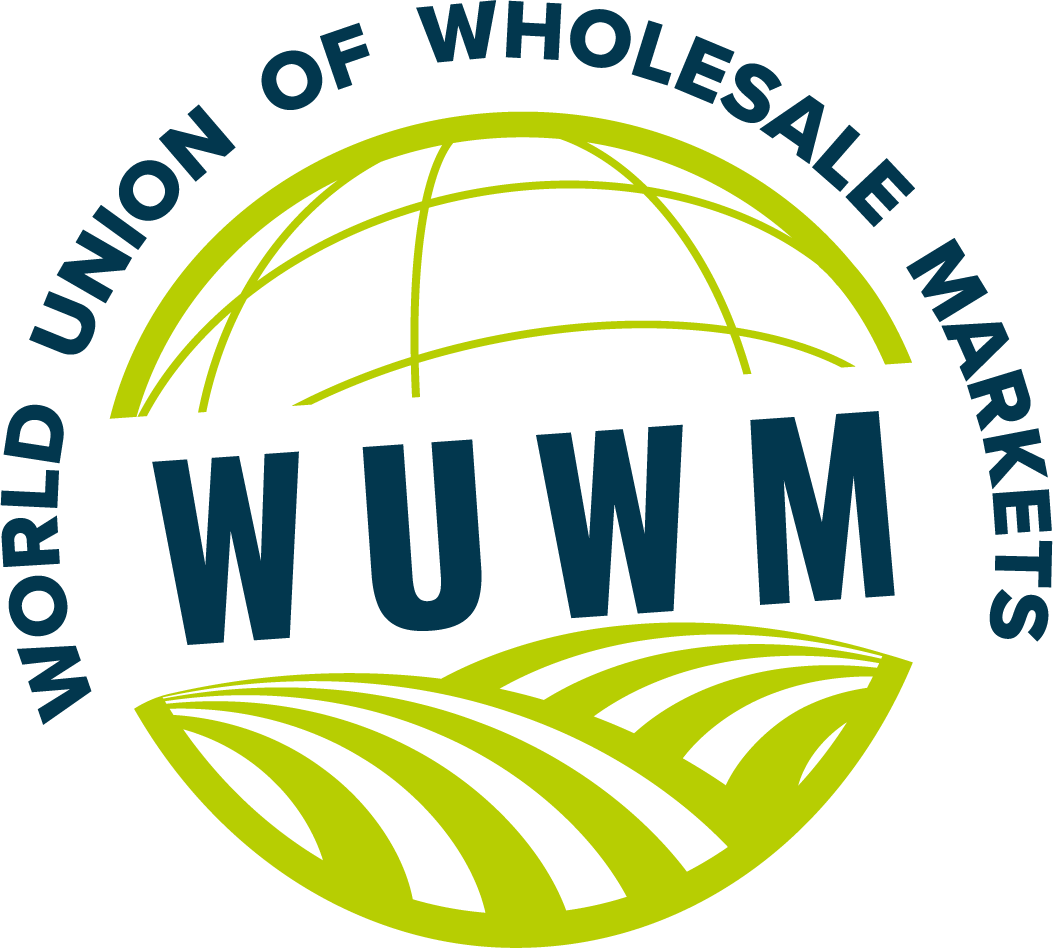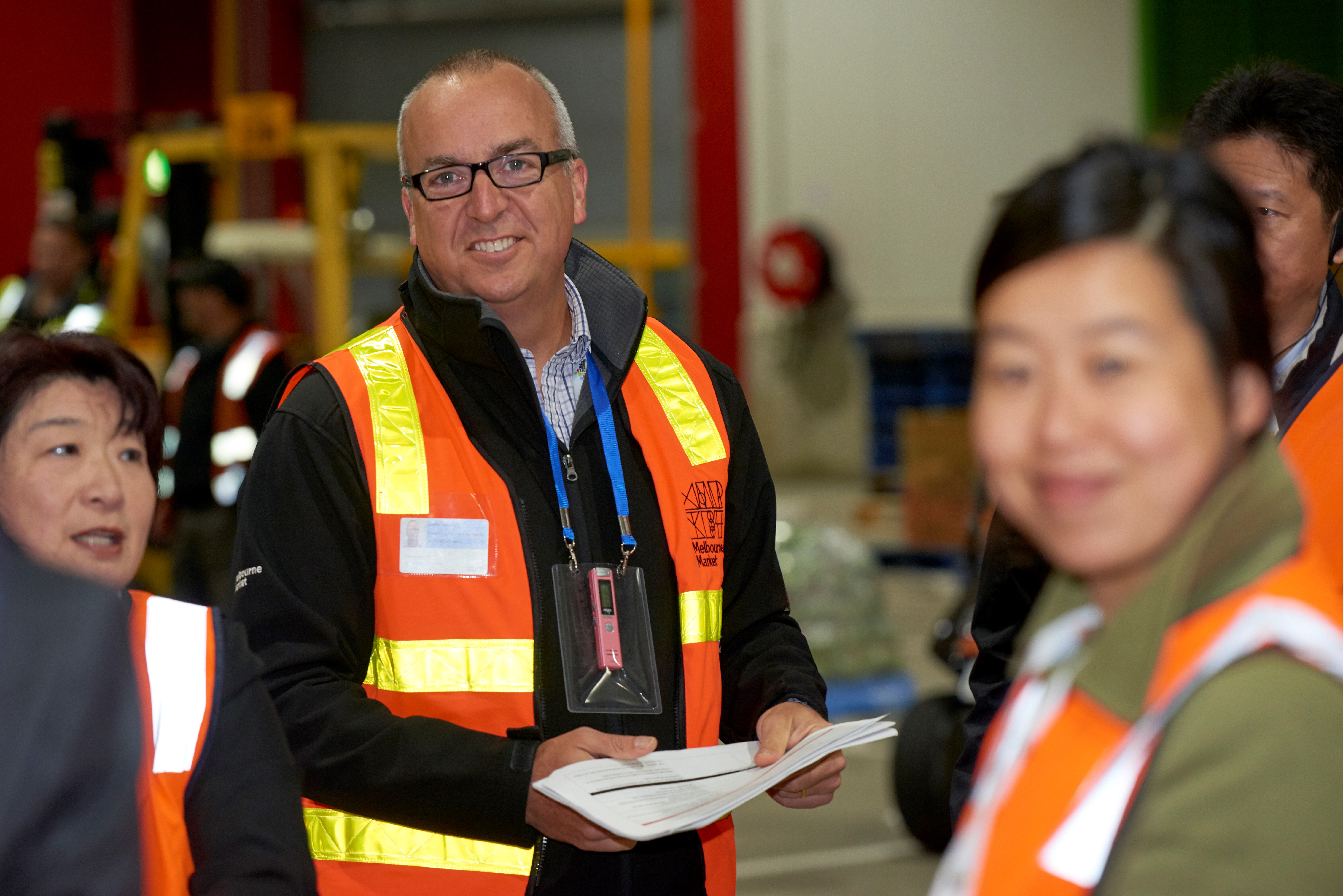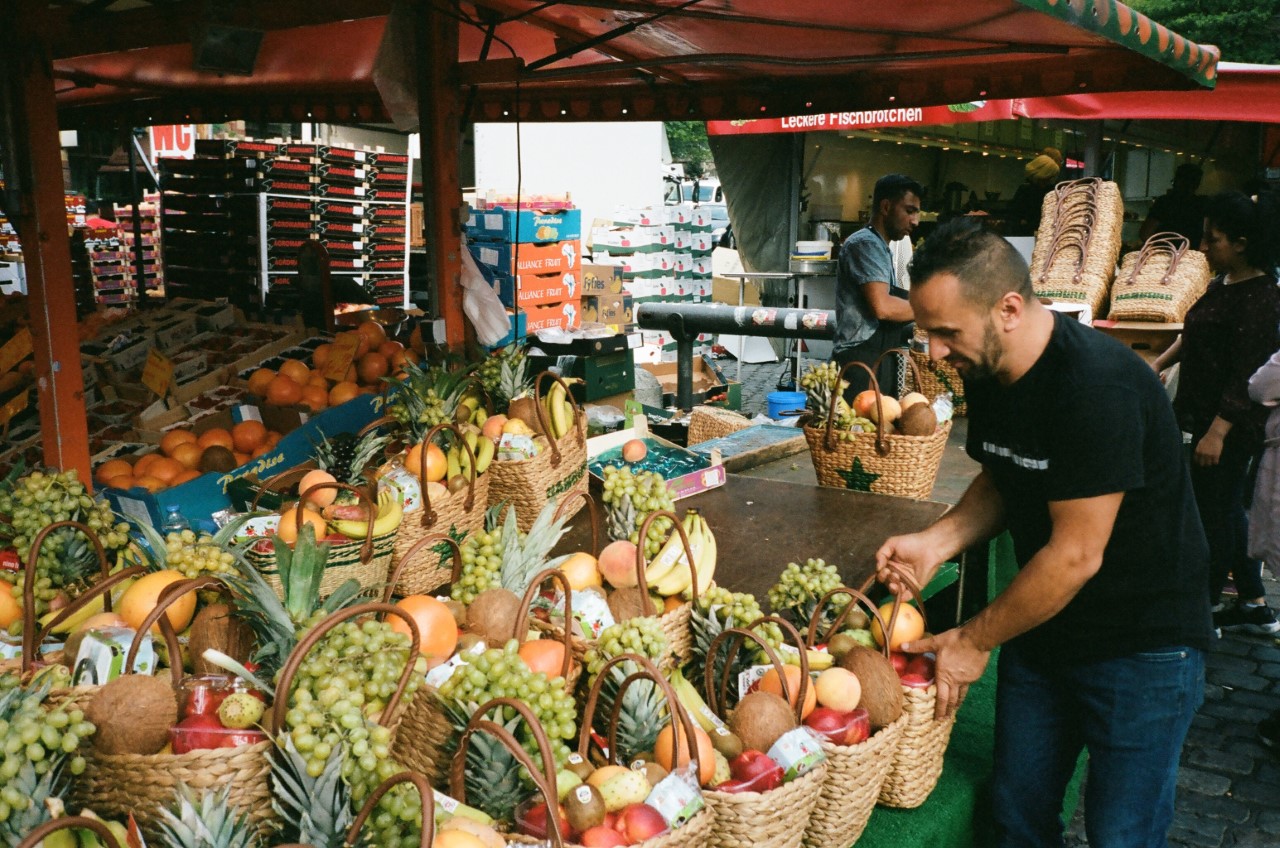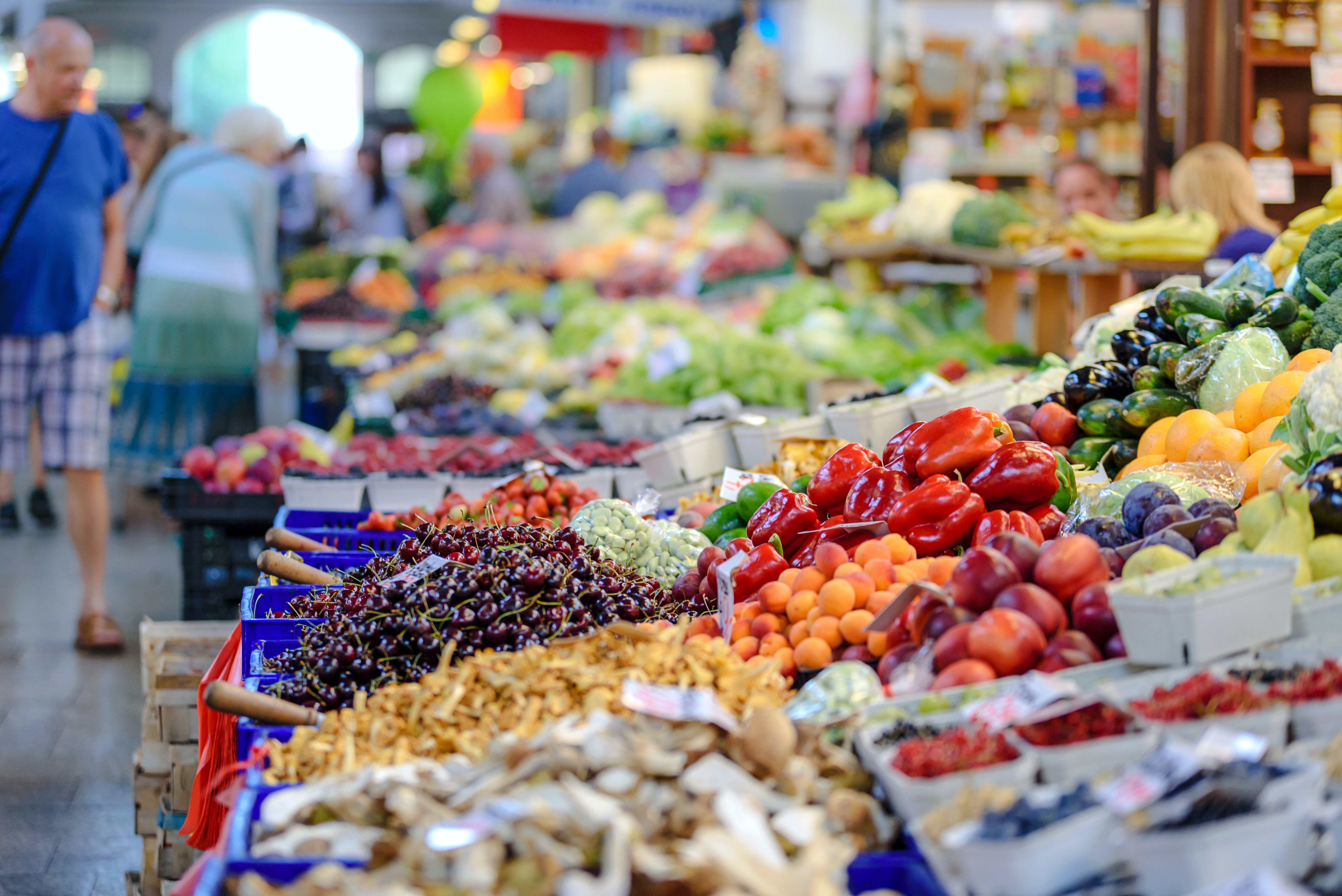In the loop: Innovations and technology in wholesale markets; the case for Big Data

Ongoing geo-political conflict, two years of the COVID-19 pandemic, and widespread challenges stemming from climate change are at the heart of extensive disruptions to global food supply chains. Moreover, the Russian invasion of Ukraine has triggered a significant increase in food prices which combined with rising energy prices have worsened inflation and amplified the pressure on national public spending, already strained by the pandemic. In light of the above, building resilient supply chains today means building them differently, not only due to global or regional emergencies but also a few critical, lower-profile pressures that may prove to be even more transformative. Therefore, in the following paragraphs we will highlight examples of innovation and employ of technology in wholesale markets with the aim of sharing best practices and fostering an exchange of know-how; we will then argue for the potential uses of Big Data. [br][br]
Amongst the recent innovations implemented by wholesale markets tackling the food waste issue, Barcelona wholesale market’s digital library ought to be mentioned. In fact, Mercabarna, joined forces with the Polytechnic University of Catalonia and created the first bibliographic collection in Spain dedicated to food waste reduction. This online collection aims at bringing key information about good practices to wholesale markets and fresh food actors and concrete tools to tackle food waste. Notably, it will give access to all food chain stakeholders, current regulations and applications and provide updated information on waste in the agri-food chain, recovery, quantification of waste and reuse and circular economy. [br][br]
Furthermore, Rome’s wholesale market (Centro Agroalimentare Roma) also presented a project to prevent food loss and waste, under the name “Frutta che Frutta non Spreca”; a concrete initiative that reduces food waste by recovering fruit surplus. Interestingly, CAR built a processing infrastructure on site in order to transform fruit into purees and confitures to be stored in cans. This procedure is significant as it extends the life-span of produce up to 6 months and plays a key role in promoting access to healthier diets for less fortunate people – as these cans are then distributed at low price around Rome. [br][br]
Moreover, as to what concerns the potential employs of Artificial Intelligence along the food supply chain by wholesale markets, Califrais is also mindful of how to best reduce food waste and the resilience of food systems. In this regard, Simon Bussy and Pierre Levy, co-founders of Califrais, developed an AI Start up to simplify the supply of fresh produce for wholesale markets. One of the main objectives of this technology is to optimize massive flows and thus reduce food waste. The project is particularly relevant as the food donations connected to it could then reach 10,000 tons annually by 2024. Moreover, the medium-term objective is to improve the economic and ecological competitiveness of the different actors in the value chain, the security and resilience of the food supply chain, and to reduce food waste while decarbonizing the flows. [br][br]
Furthermore, the Thalaad Thai wholesale market in Bangkok recently made a particularly interesting employ of technology, allowing consumers to make healthier choices everyday while encouraging good agricultural practices. In fact, it created a specific QR code for goods having obtained the Thai government’s certificate for produce called “Good agricultural practice” (GPA), with the aim of making these goods easily recognized by buyers. The project is significant as when they started it, four years ago, the wholesale market was trading 4 tons of GPA produce per day, whereas it is now trading 15 tons and expecting to reach 20 tons in the two upcoming years. [br][br]
Another instance of innovation centered on sustainable mobility arises at Mercamadrid. The wholesale market is in fact cooperating with the Madrid city hall to foster sustainable, efficient, and connected mobility with the goal of decarbonizing freight transport. Notably, together they are developing 200 charging stations for electric vehicles like the “Volta zero” truck, which will be the first electric truck on the market. [br][br]
As shown in the abovementioned paragraphs, wholesale markets are currently incredible creativity hubs and we hope that their innovations can be fostered and shared amongst all out members. Moreover, after having highlighted existing innovations in wholesale markets and how they stimulating concrete change and helping in devising more sustainable supply chains, we will now present further potential uses of technology to be encouraged, focusing on Big Data. The latter is to be understood as the processing and analysis of large data sets obtained from various sources; such as online user interactions, consumer-generated content, commercial transactions, sensor devices, monitoring systems or any other consumer tracking tools. [br][br]
Given the sheer size of the food industry – according to estimates, US$14 trillion of foods is produced, packaged and sold worldwide every year – and the multitude of transactions between suppliers, retailers and consumers it entails, technology can prove particularly useful. In fact, it can play a key part in enabling continuous monitoring to preserve quality of produce and increase operational efficiencies as well as savings throughout all the links of the food supply chain. Moreover, technology can help wholesalers better face a series of serious challenges food systems are currently facing such as the increase of world population, rapid urbanization, ageing of countries’ populations, sustainability and climate change. In addition, the global food supply chains are often fragmented, which entails a further risk in terms of food safety, quality, and authenticity which can be better addressed through technological applications. [br][br]
Digital technologies are constantly developed across the agri-food system. An example is Radio Frequency Identification (RFID). In fact, this can be integrated into the food supply chain and allow organizations to gain enhanced granularity in supply chain traceability for compliance and business process improvement, as well as enable the real-time monitoring and visibility of re-usable assets such as pallets or totes carrying food products. Moreover, such a technology facilitates the acquisition of more accurate inventory data and tracking of food cargo at various levels of aggregation in the supply chain. Furthermore, additional technology which ought to be mentioned includes autonomous guided vehicles (AGV), which are particularly sophisticated and could benefit wholesale markets when it comes to efficiency whilst prioritizing sustainability. [br][br]
In addition to that, given the challenges posed by climate change, future pandemics, and ongoing geopolitical tensions in today’s world, wholesale markets need a better toolkit to understand international markets, especially for specialty crops. In this regard, employing commercially available Big Data sources throughout the food chain would allow stakeholders to develop a broader view of the global picture with respect to the many variables that affect agricultural markets for specialty crops. Notably, agricultural experts have identified 76 market variables that underpin the global supply chain for over 500 specialty crops worldwide, which include crop volumes, local terminal markets, crop prices, currency fluctuations, prices of fuel, transportation disruptions, rural-to-urban labour shift and so on. As data tackling the abovementioned market variables is commercially available for use, it could provide a deeper understanding of domestic and international food markets. [br][br]
In fact, data enhances perspective: for example, it can show the correlation between rising temperatures and decreased production of specific crops, and allow wholesale markets to discern climate-driven market trends in order to make adjustments to their buying strategies. Moreover, data can make anticipating crop productivity possible. For instance, monitoring of phenological stages of crop growth can alert farmers and wholesale markets to oncoming adverse effects of climate change. This is particularly relevant as in light of this kind of information swings in production levels can incur and cause logistical challenges, such as uncertainty in truck and container availability. In addition to the above, data allows for market and geopolitical monitoring. Such monitoring is key as even slight changes in government policies can prove to be very disruptive and a change in daylight savings hours, for instance, can impact production, labor inputs, and labor movements. [br][br]
Moreover, through the analysis of data, wholesale markets can better plan and forecast demand as well as inform changes in workflows, such as combining shipments. In fact, predictive analytics could improve communication between the distributor, wholesaler sales departments, and retailers by allowing wholesalers to provide valuable insight to a retail buyer, and showcase the most relevant and valuable products of upcoming orders. Furthermore, analysing data on what retailers have purchased will allow to predict future sales. Sharing this data with farmers could then be extremely valuable, as suppliers normally only have data on quantities sold rather than information that can help with product strategy. In addition to that, when Big Data and artificial intelligence (AI) tools are combined, the risks related to the occurrences of pathogens, contaminants or adulterants used in economically motivated adulterations (EMA) in the agriculture chain can be predicted. [br][br]
Nevertheless, agriculture and food data are often non-existent in several countries, and appear disorganised, or inaccessible where existent; thus, the role of governments is key. In fact, Ministers of Agriculture can assume leadership in modernising data collection methods and data system architectures. Not only action in this regard would allow for better employment of data along the food supply chain, but it would provide health and nutrition officials with the data needed to advance more beneficial lifestyle and food choices and help deal with obesity, diabetes, and other food-related health issues. [br][br]
To conclude, a wide array of innovations is being implemented by several wholesale markets and further technological applications should be explored. Amongst the trends to promote, a better use of Big Data has the potential to improve the design of food supply chains, the relationship development among stakeholders, enhance customer service systems, and manage daily value-added operations. Achieving these results can in turn help wholesale markets become more profitable by increasing their operational efficiencies, improving their potential economic gains, and optimizing their resource allocation.







